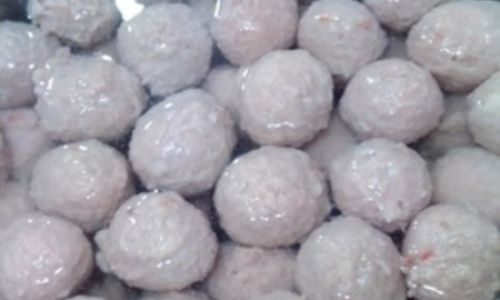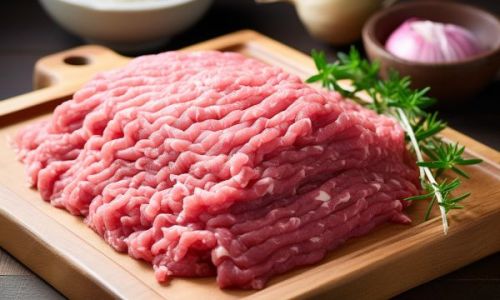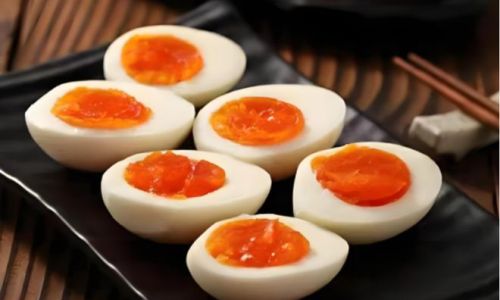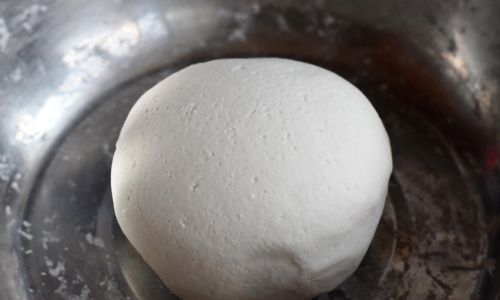Introduction
Meatballs, a culinary delight enjoyed across various cultures and cuisines, are a testament to the versatility and creativity of human gastronomy. From the hearty Swedish köttbullar to the spicy Italian polpette, these bite-sized morsels of ground meat, spices, and binders encapsulate a myriad of flavors and textures. However, the foundation of any great meatball lies in its primary ingredient: the meat. Choosing the right cut of meat is crucial in determining the final taste, texture, and overall quality of your meatballs. This article delves into the intricacies of selecting the optimal meat cut for meatballs, exploring different types of meat, their characteristics, and how they influence the final dish.
Understanding the Role of Meat in Meatballs
Before diving into specific cuts, it’s essential to understand the role meat plays in meatball composition. Meat provides the primary protein source, contributing to the structure, moisture retention, and flavor profile of the meatballs. Different cuts have varying fat contents, textures, and flavors, which can significantly impact the final outcome.

Common Types of Meat Used in Meatballs
-
Ground Beef
- Cuts Used: Chuck, Sirloin, Round
- Characteristics: Ground beef is a staple in many meatball recipes due to its availability and versatility. Chuck offers a good balance of fat and flavor, making it ideal for rich, juicy meatballs. Sirloin is leaner, providing a milder taste and firmer texture. Round is the leanest option, suitable for health-conscious individuals but may require additional fats or binders to keep the meatballs moist.
- Impact on Meatballs: Chuck-based meatballs tend to be juicy and flavorful, while sirloin and round offer a firmer, less fatty option. The choice between these cuts often depends on personal preference and dietary considerations.
-
Ground Pork
- Cuts Used: Shoulder, Belly
- Characteristics: Ground pork adds a unique depth of flavor to meatballs, thanks to its higher fat content. Shoulder pork is moderately fatty, providing a balance of flavor and moisture. Belly pork, often used in making bacon, is even fattier, adding a rich, savory taste but requiring careful handling to avoid greasiness.
- Impact on Meatballs: Pork-based meatballs are often juicier and more flavorful, especially when combined with other meats. Shoulder pork offers a good balance, while belly pork can be used sparingly to enhance flavor without overpowering the dish.
-
Ground Lamb

- Cuts Used: Leg, Shoulder
- Characteristics: Lamb meat is known for its distinct, earthy flavor and tender texture. Leg and shoulder cuts are commonly used in meatballs, with the leg being leaner and the shoulder offering more marbling and flavor.
- Impact on Meatballs: Lamb meatballs are perfect for those who enjoy bold, robust flavors. They tend to be more tender and flavorful, making them an excellent choice for Mediterranean and Middle Eastern-inspired dishes.
-
Ground Turkey and Chicken
- Cuts Used: Breast, Thigh
- Characteristics: Ground turkey and chicken are popular alternatives for those seeking leaner meat options. Breast meat is the leanest, offering a mild flavor and firm texture. Thigh meat is darker, fattier, and more flavorful.
- Impact on Meatballs: Turkey and chicken meatballs are lighter and healthier but may require additional fats, such as olive oil or butter, to keep them moist. They are ideal for those who prefer a lighter taste profile or follow specific dietary restrictions.
Selecting the Optimal Cut
Choosing the best cut for meatballs involves considering several factors, including flavor, texture, moisture retention, and dietary preferences. Here are some guidelines to help you make an informed decision:
- Flavor Profile: If you’re aiming for a rich, savory meatball, ground beef chuck or pork shoulder are excellent choices. For a milder, cleaner flavor, opt for leaner cuts like sirloin or turkey breast.
- Texture: Leaner cuts tend to produce firmer meatballs, while fattier cuts result in juicier, more tender results. Combining cuts can also yield a balanced texture. For instance, mixing ground beef with pork can create a juicy, flavorful meatball with a pleasant firmness.
- Moisture Retention: Fat plays a crucial role in moisture retention. Leaner cuts may require additional binders, like eggs or breadcrumbs, to prevent drying out during cooking.
- Dietary Restrictions: For those watching their fat intake, lean cuts like turkey breast or chicken thigh are better options. However, be mindful of adding fats or binders to maintain moisture.
Combining Meats for Optimal Results

Many recipes call for a blend of meats to achieve the perfect balance of flavor, texture, and moisture. Combining ground beef with pork or lamb can create a meatball that is both juicy and flavorful. Adding a small percentage of ground chicken or turkey can also lighten the dish while still retaining a satisfying mouthfeel.
Seasoning and Binders
Regardless of the meat cut chosen, seasoning and binders are essential in creating cohesive, flavorful meatballs. Common seasonings include salt, pepper, garlic, and onions, while binders like eggs, breadcrumbs, or milk help to hold the mixture together. Experimenting with different seasonings and binders can further customize the taste and texture of your meatballs.
Cooking Techniques

The cooking method also plays a role in the final outcome of your meatballs. Pan-frying, baking, or simmering in broth each produce different results. Pan-fried meatballs develop a crispy exterior, baked ones are often more evenly cooked, and simmered meatballs absorb flavors from the broth, making them moist and flavorful.
Conclusion
In conclusion, the ideal meat cut for making meatballs depends on a multitude of factors, including personal preference, dietary restrictions, and the desired flavor and texture profile. Ground beef, pork, lamb, turkey, and chicken each offer unique characteristics that can be harnessed to create delicious, satisfying meatballs. By understanding the nuances of each cut and experimenting with different combinations, seasonings, and cooking techniques, you can craft meatballs that are tailored to your taste and dietary needs. Whether you’re aiming for a hearty, rich dish or a lighter, healthier option, the right choice of meat will set the foundation for a culinary experience that delights the senses and nourishes the soul.





0 comments